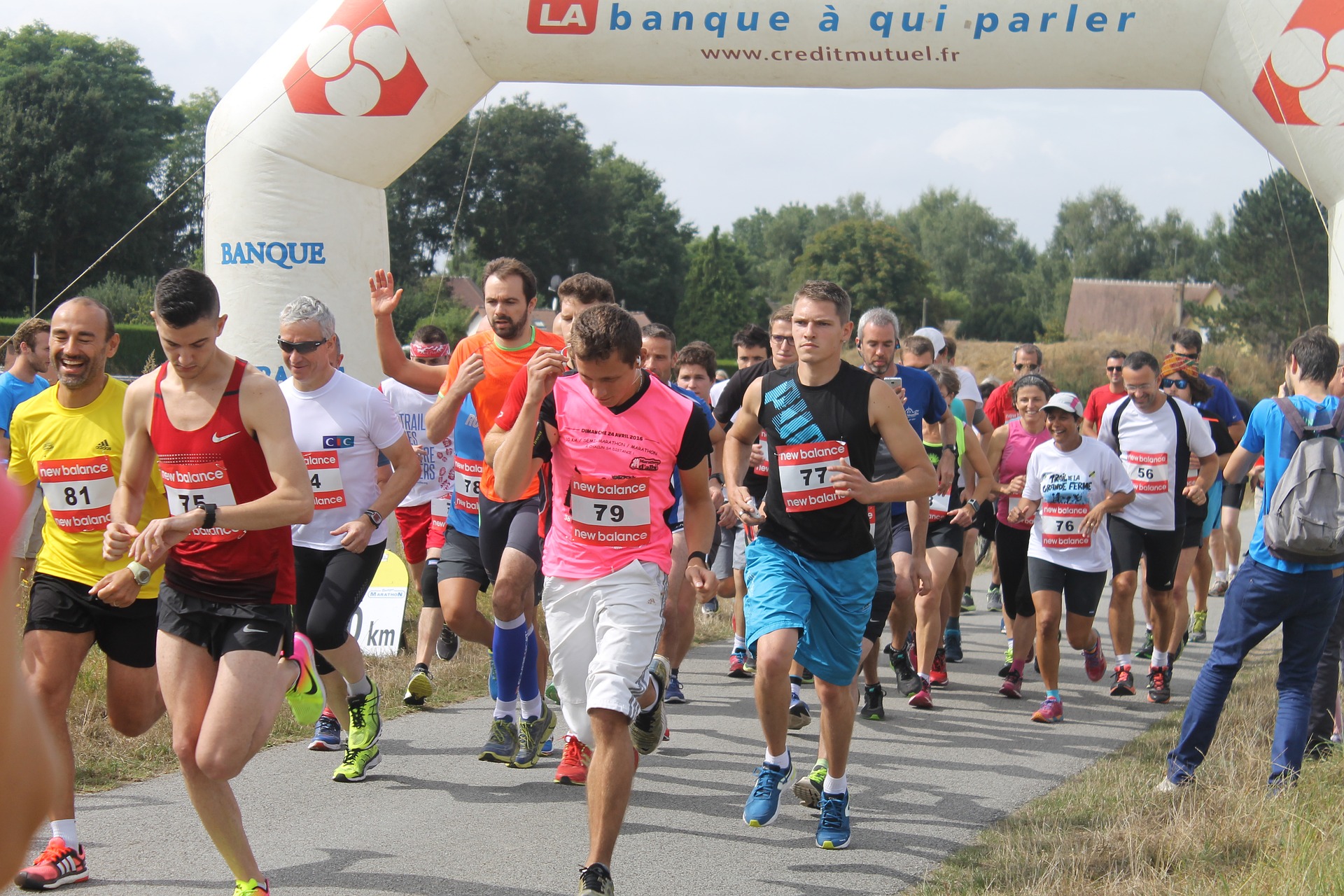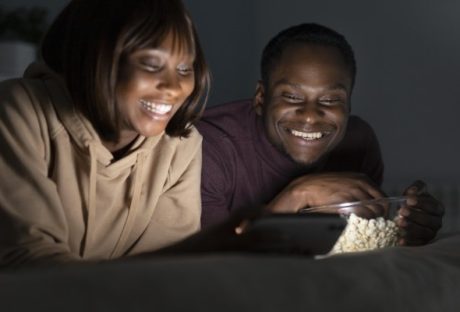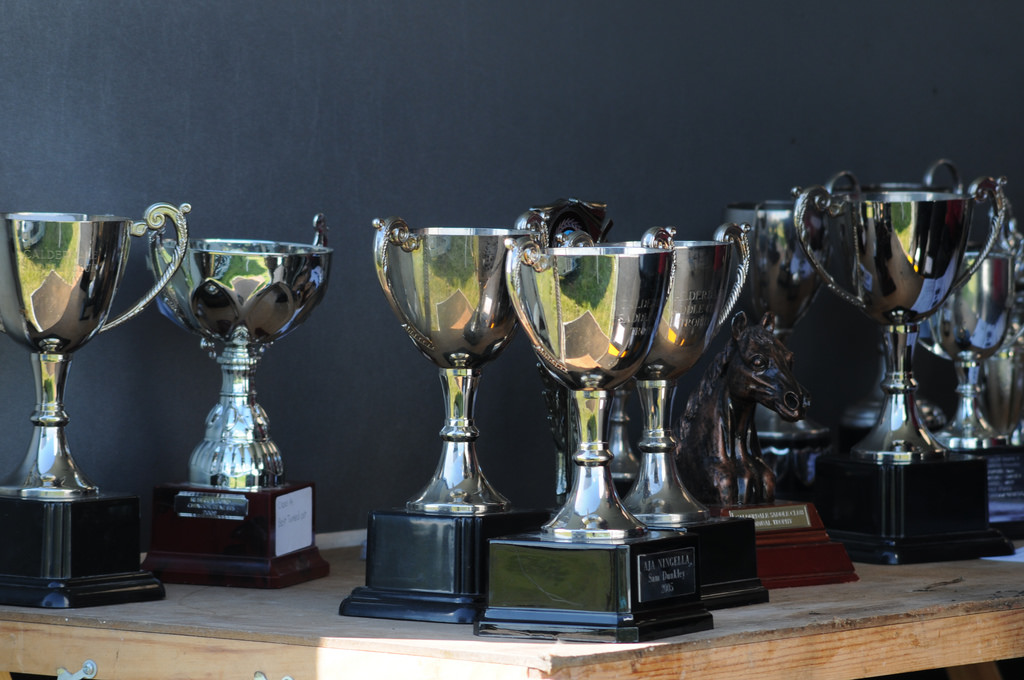As a marathon runner, you’re willing to do almost anything to give yourself an edge. You’ll wake up at the crack of dawn every morning, just to squeeze in some training before work. You’ll get the best gear that wicks away sweat and keeps you warm in the bitter cold. You’ll take vitamin and protein supplements to boost your energy, so you can push yourself past that brick wall and make it to the finish line.
If you really want to improve your capabilities as a runner, you should add one more step to your to-do list: go for a gait analysis.
Gait analysis is a study of how you walk and run. It can be completed at a professional foot clinic. A chiropodist will start by recording a video of you walking and jogging on a treadmill. They will make a note of your physicality — aspects like your height, your weight, and the arches of your feet will come into play. Then they will watch the recorded footage to observe the biomechanical patterns.
The first thing you will get out of this analysis is an in-depth look into your body’s composition and your stride. These are qualities that the average person would not be able to identify with the naked eye. Seeing the evidence in slow-motion footage makes it much easier to make an assessment. For instance, gait analysis will be able to tell you if you deal with overpronation, under pronation, or neutral pronation:
| Type: | Definition: |
| Overpronation | The foot rolls inward too much, putting weight on the foot’s inner edge. |
| Underpronation (Supination) | The outside of the foot impacts the ground at a steep angle. |
| Neutral Pronation | The foot lands on the outer edge and rolls inward for even-weight distribution. |
You can improve your running ability with gait analysis because all of the findings could help you make the right adjustments to your technique and avoid serious injuries down the line.
If you’re someone who deals with overpronation, you could deal with problems like Plantar Fasciitis, bunions, or heel spurs if you don’t make any changes. If you’re someone who deals with supination, you could deal with complications like shin splints, hammertoes, or IT band syndrome if it’s not treated.
The easiest way to solve these problems is to get custom orthotic inserts for your running shoes or to get brand new orthopedic shoes. These will modify your weight distribution, ankle stability, and arch support.
After making the suggested adjustments to your stride and using the right shoes for the job, you can go back to a foot clinic for a follow-up. You’ll have definitive proof that the changes have enhanced your biomechanics or that further adjustments need to be made.
Running and walking are instinctive activities. You won’t be thinking about how your heel hits the pavement or where the outer edge of your foot distributes your body weight. You’re just focused on putting one foot in front of the other and making your running time. Having a professional perform a gait analysis will help pinpoint your problem areas and make your training even better.
Read Also:






















